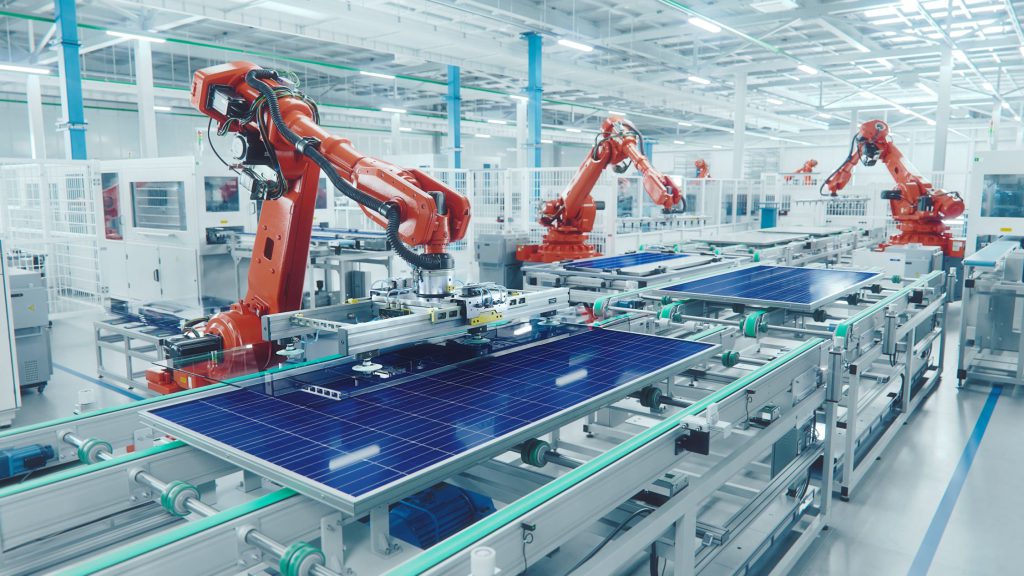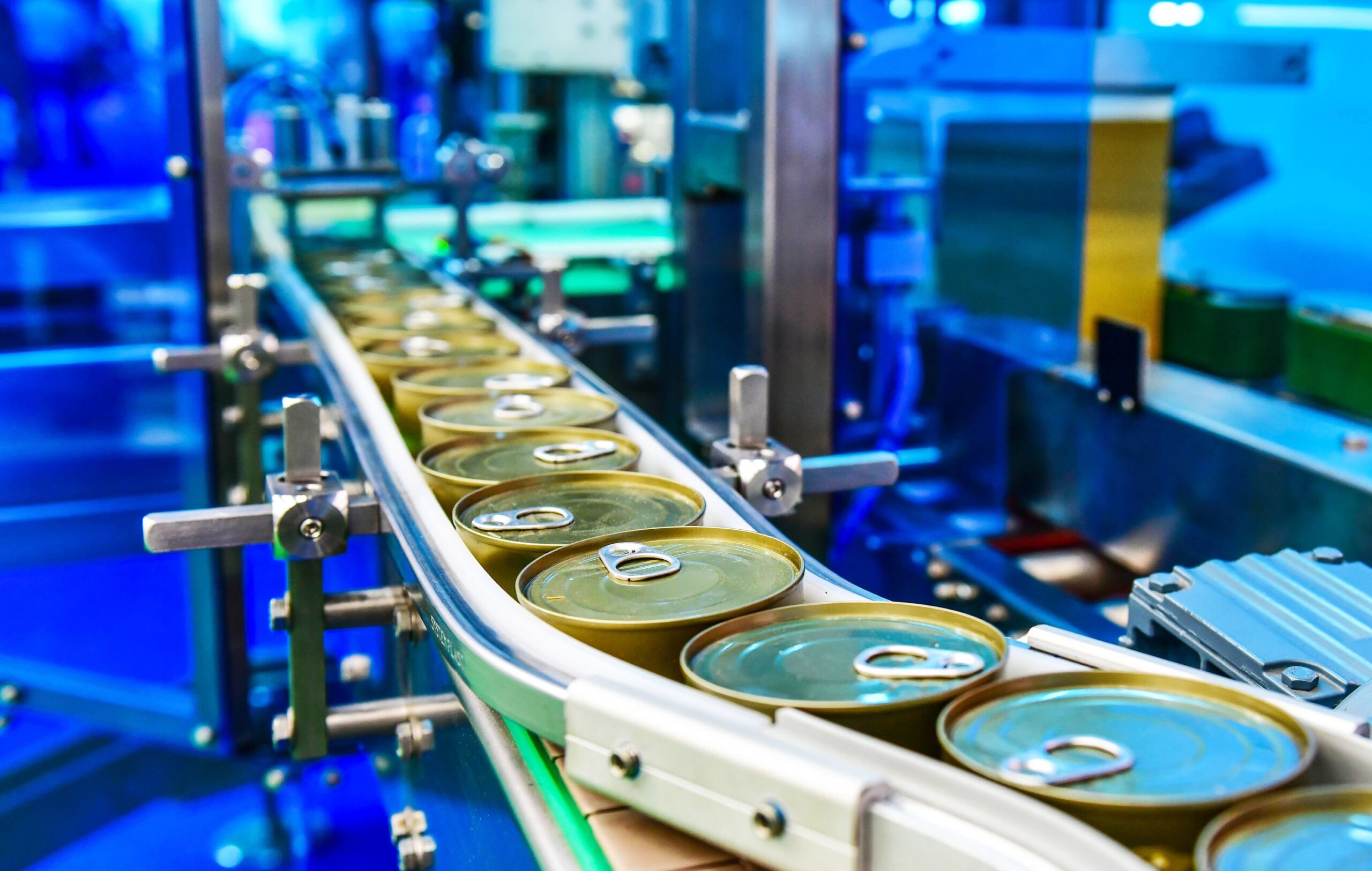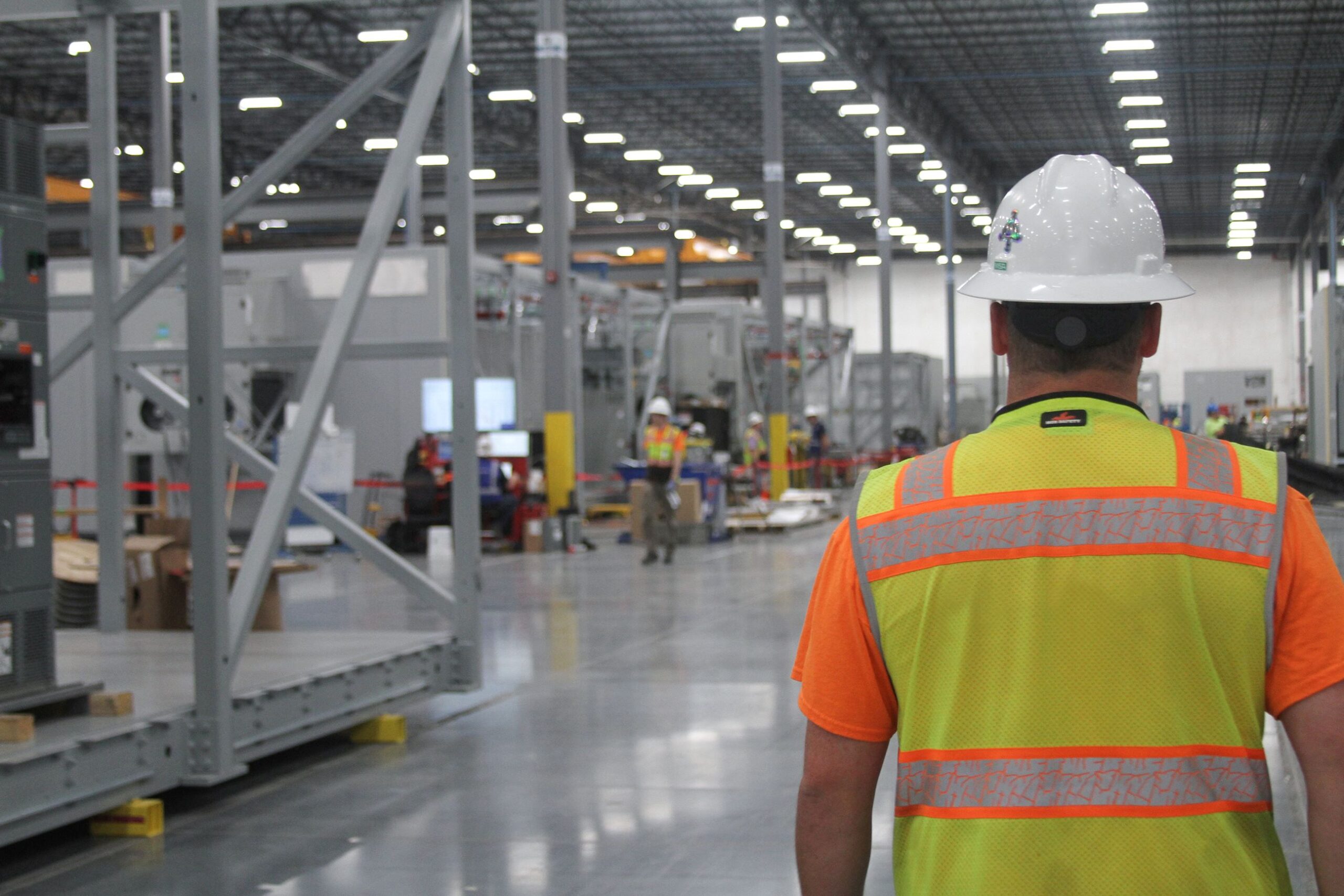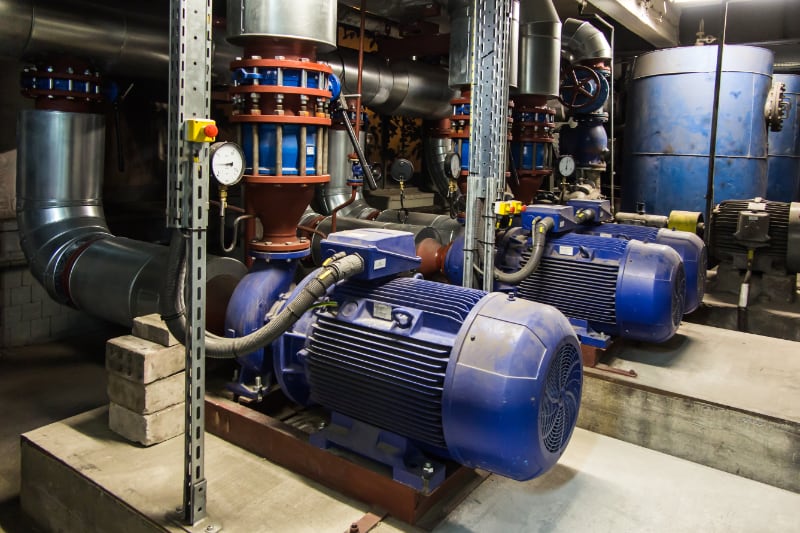
The primary purpose of a production control system in a manufacturing setting is to repeatedly and reliably execute a process or a sequence of operations; to do the same thing with low (or zero) variance from one production run to the next. For some manufacturers, this is enough; the plant is operating, product is being made and bills are getting paid. Other organizations seek more in terms of diagnostics, rich visualizations, events and alarm logs, and niceties like remote access. And for a growing set of manufacturing companies there is yet another level of value that is expected from their automation system which includes tracking/tracing of raw materials, line/equipment overall equipment effectiveness (OEE), various production analytics, integrated quality management, integrated maintenance management, front-office dashboards and reports, and self-optimizing capabilities.
Fully understanding your operating equipment is much like learning to drive a car; it normally takes several months before gaining confidence in the responsiveness of the machine and recognizing unique symptoms through feel, sounds and visual indications. In manufacturing, operators grow comfortable with production equipment over time and learn the normal behaviors of machines so that they can help diagnose anomalies and issues.
But as the saying goes, time is money, so a manufacturer may consider ways to shorten the learning process for their operators. One of the best ways to do this is to provide a thorough and intuitive human-machine interface (HMI). Surprisingly, many existing production systems lack the necessary interface that will allow their operators and maintenance teams to get comfortable and quickly understand and adapt to changes, realize irregularities or diagnose issues.
Another relatively low-cost opportunity that manufacturers have in realizing greater value from their automation systems is to leverage more of the existing data within the programmable logic controller (PLC). Inherently, a PLC produces data as it executes its respective program, and an analysis of this data may result in findings of how additional diagnostics and performance metrics can be obtained and utilized. This may seem obvious, but many existing manufacturing control systems operate with only functionality as the primary purpose, as mentioned earlier.
Analyzing and understanding the value that this additional data may bring can be time consuming and requires a deep understanding of the process. Correlating and contextualizing this data to ensure it is presented in a way that is relevant to the user can be challenging as well, especially if a single data set is to be used to generate information for individuals with various responsibilities. For example, information that is relevant and meaningful to an operator is different than what might be important to a plant manager or maintenance team, so from a single data set, produced by a PLC or SCADA, several ‘views’ of the resulting information may need to be developed. Much like the efforts involved with enhancing the operator interface of a production system, this comes with a cost which needs to be understood by the end user and evaluated against the benefits it creates.
A third tactic to realizing greater value from existing control systems is the integration of data and information from external systems such as upstream and downstream equipment, adjacent production lines and information about the production environment. Some examples of this are as follows:
- During assembly processes where two components are joined together, there may be a chemical bond, weld or solder of two materials and there may be critical dimensional tolerances which play into the final quality of the products. The material surfaces to be joined, the critical physical dimensions of the components and the bonds are all subject to change with temperature and humidity. Manufacturers have realized higher profits through improved product quality by integrating real-time production environmental information into their control system and evaluating it against known life-cycle quality metrics, often allowing them to recognize these correlations and make precise controlled changes to the environment or to the process. Products and assemblies that contain absorbent materials such as tissues, fabrics, wood, chemical compounds and certain food products are all candidates for this. The idea of ‘clean room’ manufacturing doesn’t apply only to semiconductor and pharmaceutical processes.
- A given workcell or machine within the production line may receive parts or materials that have been ‘worked’ in upstream equipment. Information about the shape, critical dimensions or surface finish of the component come from measurements which, if not performed automatically and digitally, represent unknown variables for all downstream equipment. If this information is not captured and used in subsequent production steps, the resulting unknown variances may adversely affect outcomes. It also prevents the manufacturer from drawing correlations between the lifecycle quality (final field quality measures) and the processes used. Additive manufacturing technologies have gained popularity over the past two decades for this very reason and now, with advanced tools like digital twins and full-product digital threads, producers can readily understand and correlate these important details and also measure and control their production in real time, resulting in improved product quality and improved profitability.
It’s a competitive world and the demand is high for low-cost, high-quality and readily available product. Greenfield production facilities continue to pop up and major overhauls of existing manufacturing facilities take place, but frequently, manufacturers are seeking ways to squeeze a few more defective points per million (DPPM) or pennies out of their existing production systems without significant upfront costs. At FTI, our Automation Solutions Team is well-equipped with the tools necessary to work side by side with manufacturers to assess opportunities to realize greater value from existing systems and conceptualize new ways to leverage these ideas without breaking the bank.
Contact us today to get the conversation started!
If you enjoyed this blog article, please subscribe to stay up to date on the latest industry news from our experts at FTI.







